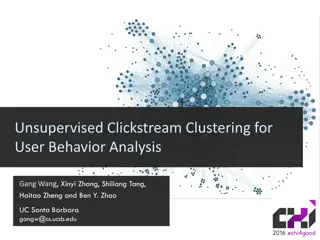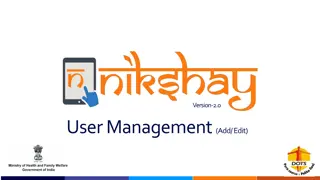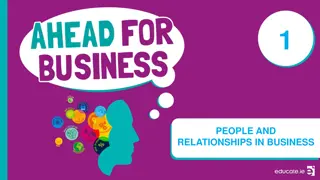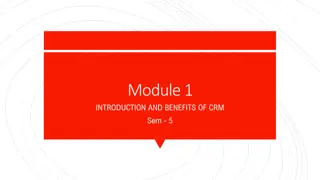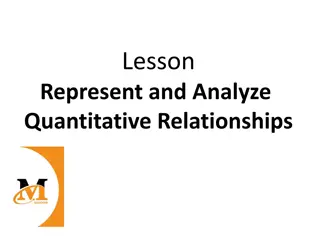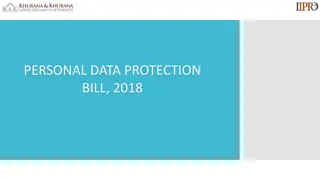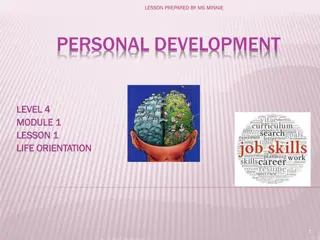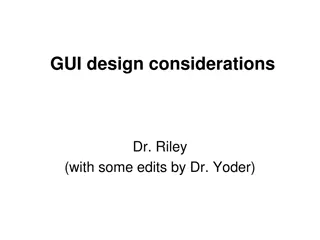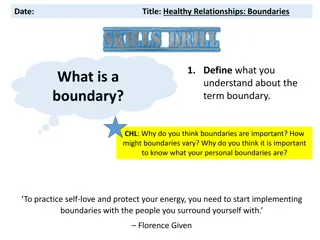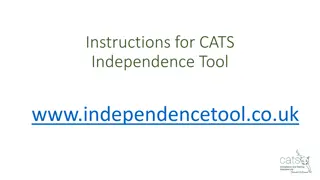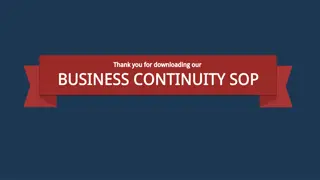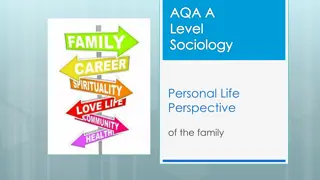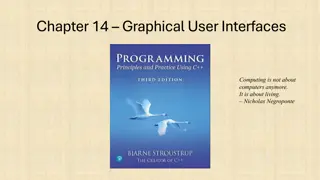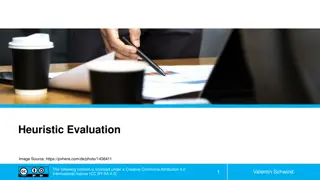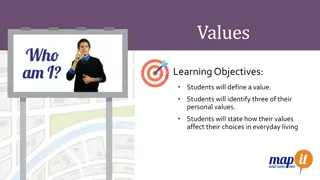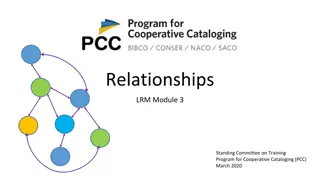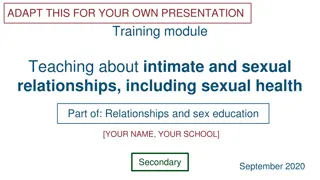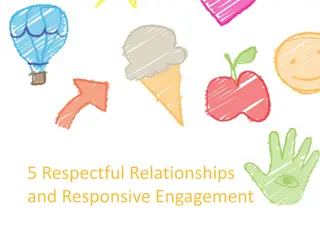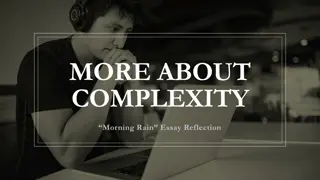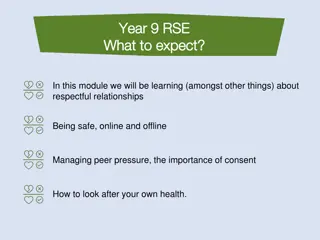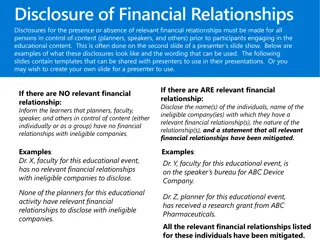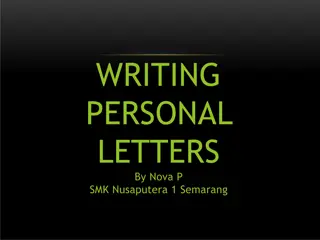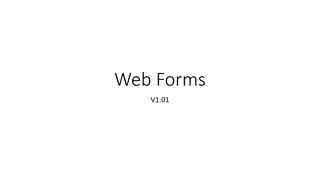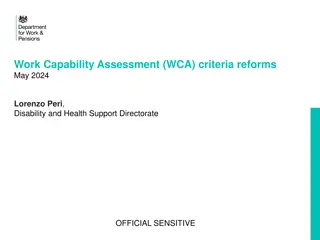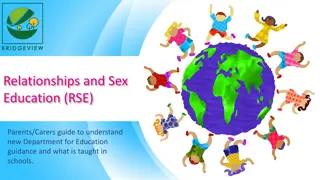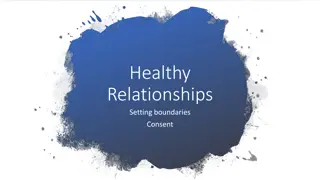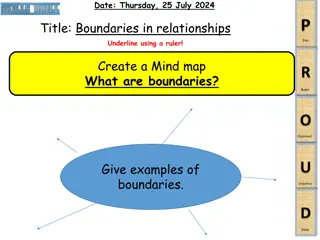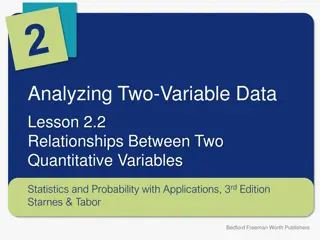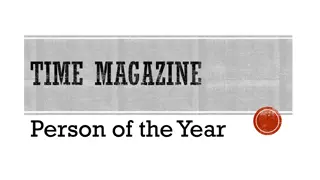Guide to Creating a Personal User Manual for Better Work Relationships
Unlock the power of a user manual tailored to yourself to enhance work relationships. Explore communication preferences, trust-building strategies, conflict resolution techniques, and more insights for smoother interactions.
Download Presentation

Please find below an Image/Link to download the presentation.
The content on the website is provided AS IS for your information and personal use only. It may not be sold, licensed, or shared on other websites without obtaining consent from the author. Download presentation by click this link. If you encounter any issues during the download, it is possible that the publisher has removed the file from their server.
E N D
Presentation Transcript
Creating a User Manual for Yourself Resources Stephanie Burns column - Forbes (PDF) Podcast with Jay Desai - The Digital Workplace The Indispensable Document for the Modern Manager - First Round Review Operating Manual template/sample
Creating a User Manual for Yourself We come to work everyday to make an impact We draw meaning from the quality and richness of our relationships at work Our impact is enhanced by relationships at work
Creating a User Manual for Yourself Can a User Manual Enhance relationships and connections Eliminate conflicts Promote Trust Allow understanding of strengths and weaknesses so that we can support one another and work side- by side as partners
Creating a User Manual for Yourself: Elements to Consider Communication preferences (email, text, phone calls, in-person) Meetings Decisions Feedback How to earn my trust What frustrates me and erodes trust How do you act when upset What do you need from manager / supervisor, team or peers How do you like recognition
Creating a User Manual for Yourself: Process suggestion Step 1: Reflect. Think about relationships that are trusting and positive. Consider ones that have been the most painful. Step 2. Identify. What are/were the communication styles, factors, set of features that characterized positive and painful relationships. Step 3. Write down what makes relationships positive or painful for you. Step 4. Craft this information into the manual. Be honest about your weaknesses, preferences, and dislikes. Step 5. Update your manual as you learn more about yourself and based on what works and does not work for you
Join PollEverywhere By Text Text to 37607 SUSANSMYTH180 Receive reply that you have joined session Enter response by text Online. PollEv.com/susansmyth180 Respond through website.
Best time of day for complex conversations What do for fun Myers-Briggs When to leave alone Expectations Think off top of heard or need to think about it Family information Best way to communicate Interest and hobbies Morning or night person When and how like to focus Meeting preference time of day Conflict resolution approach What inspires them Manager style Home lifestyle Long answer or short answer Time management Ways I can best help you Home life children, caregiver, homeschool etc




